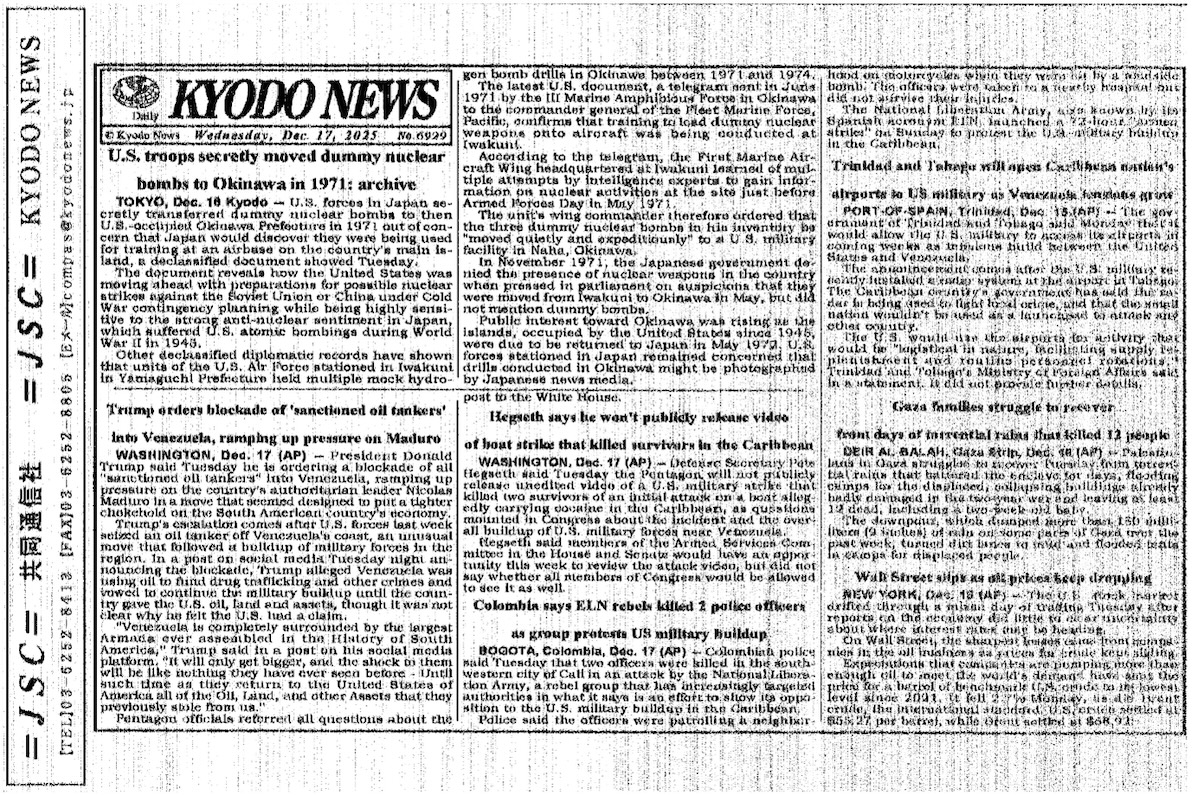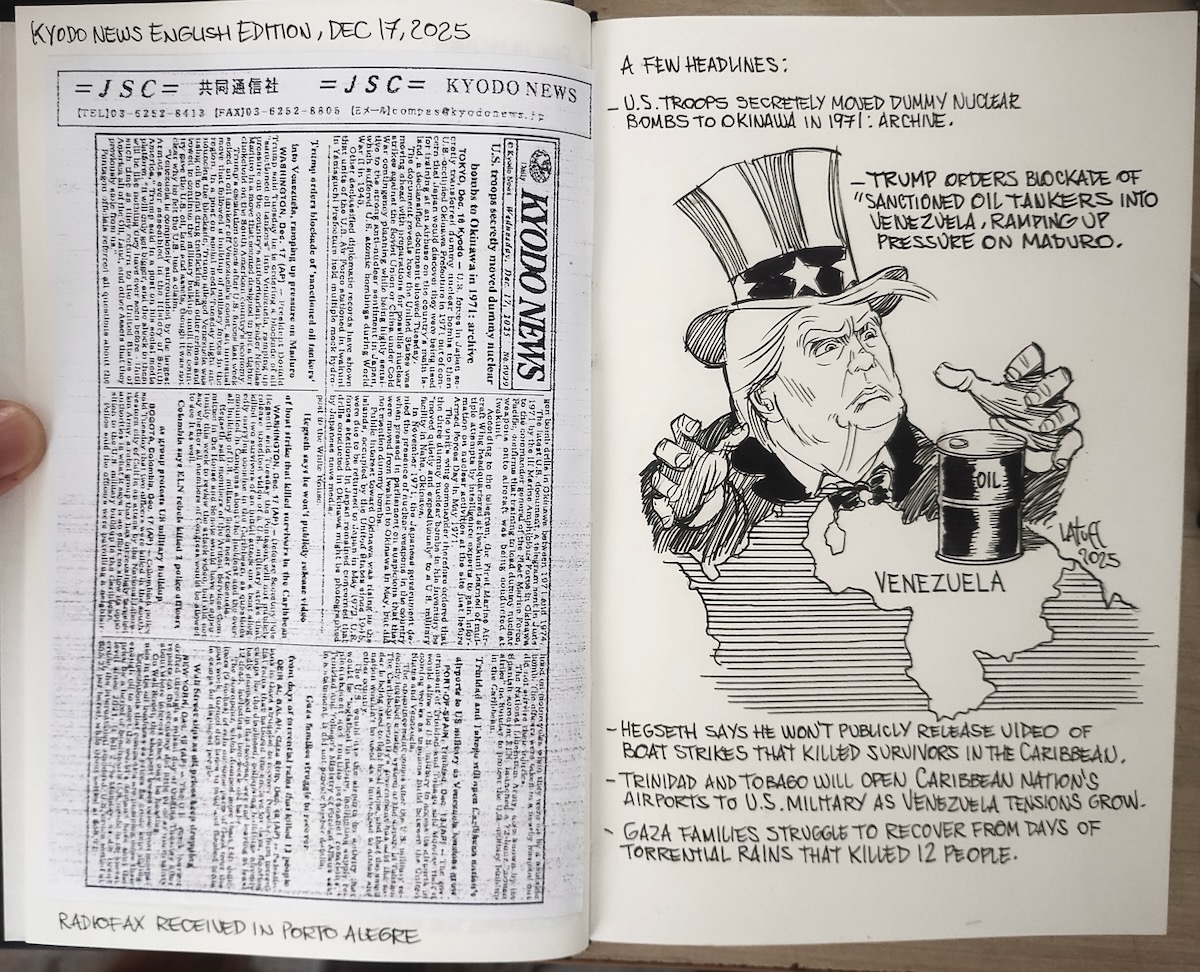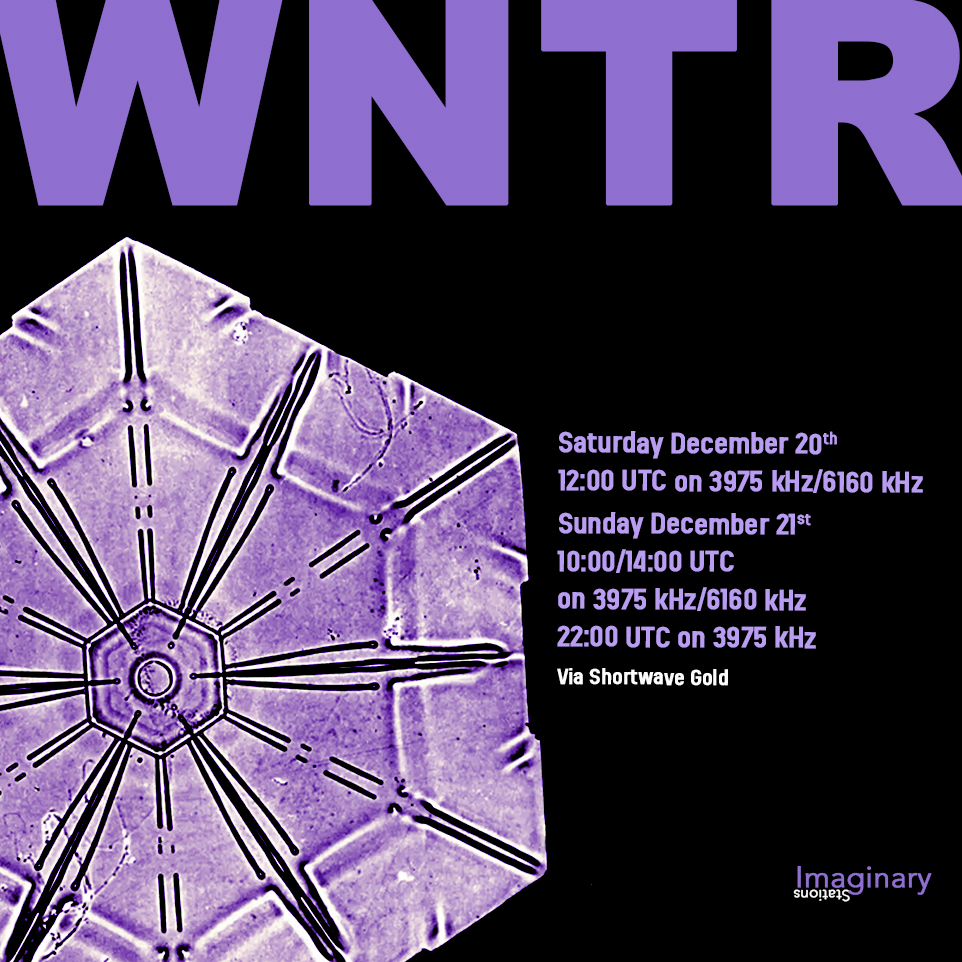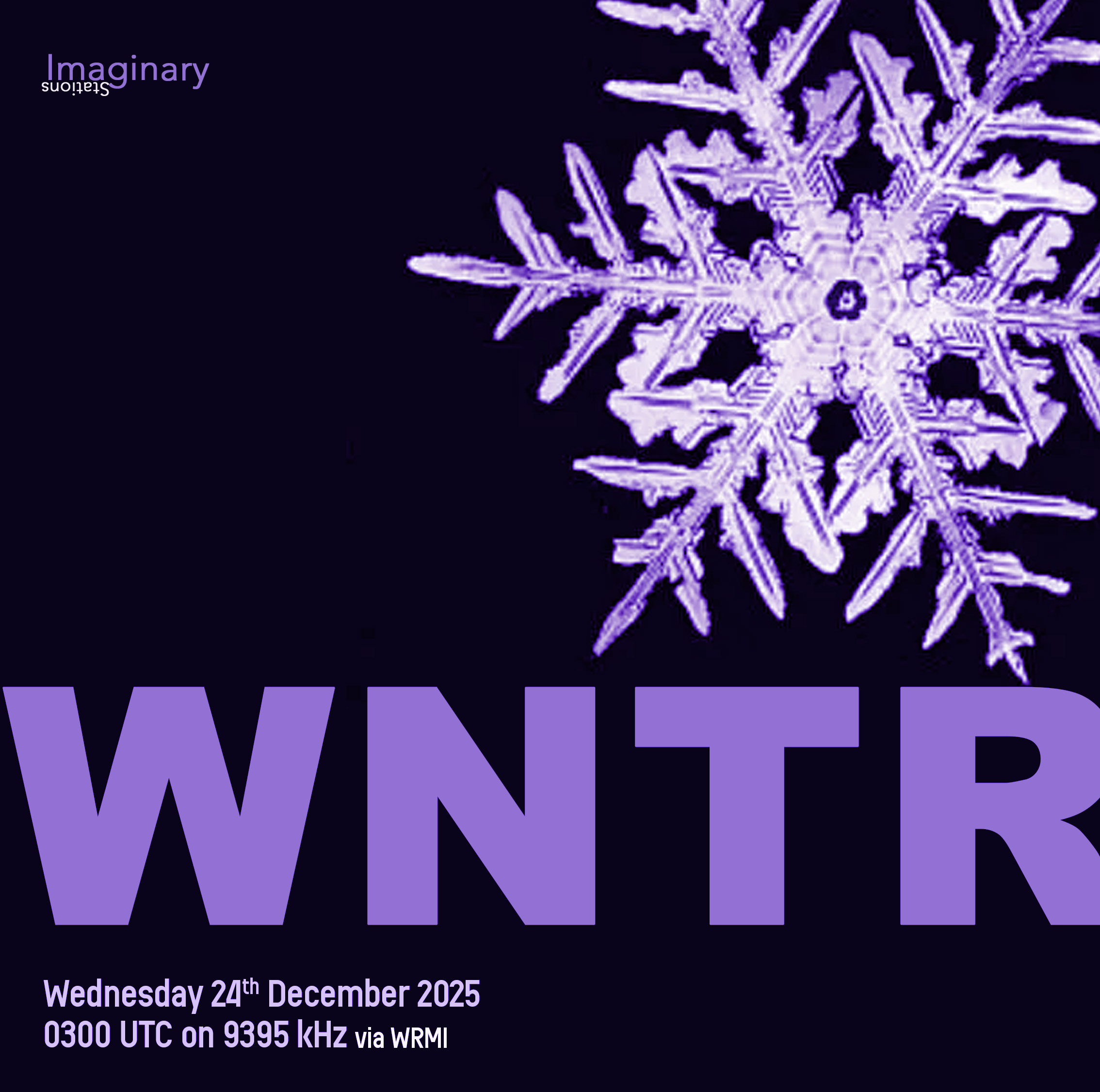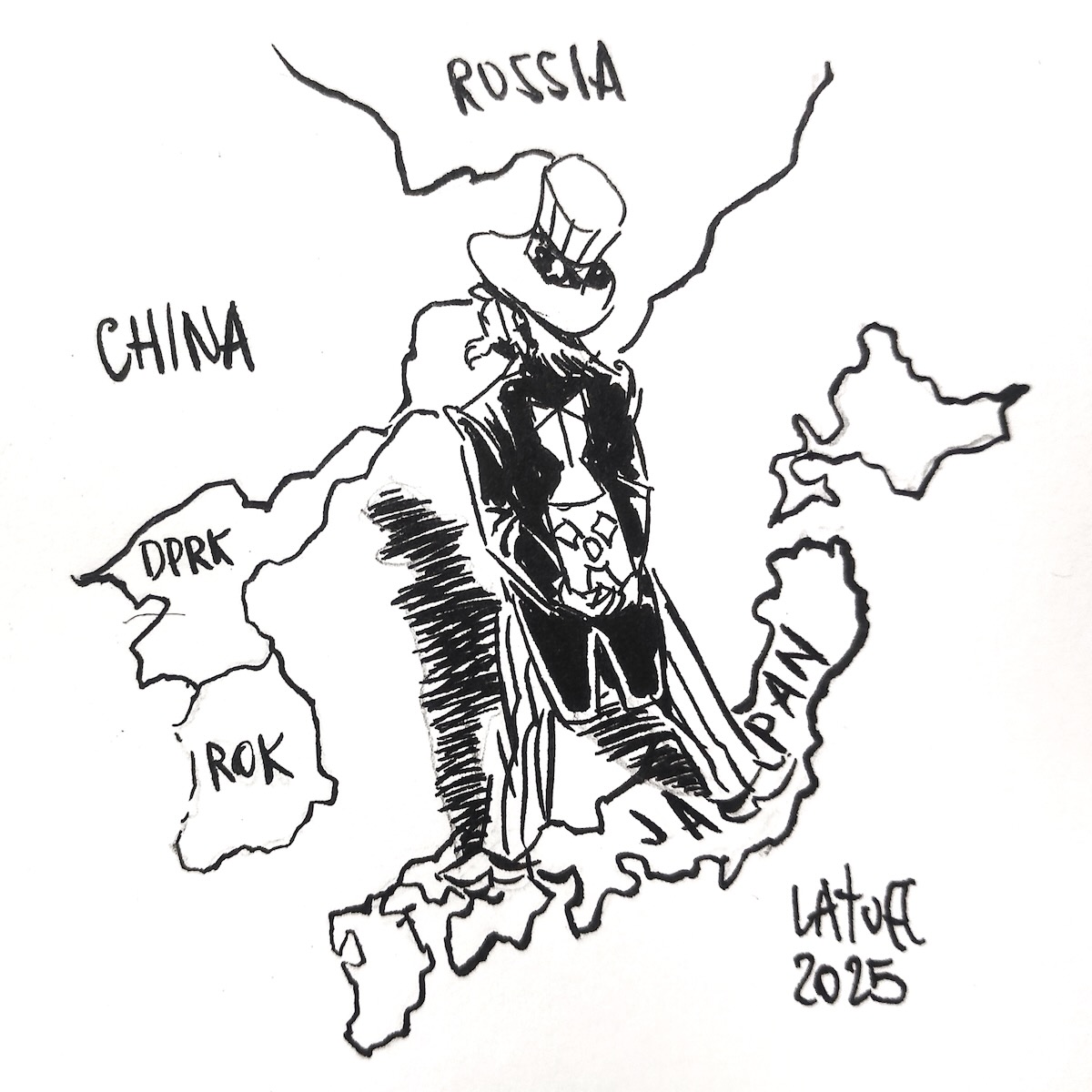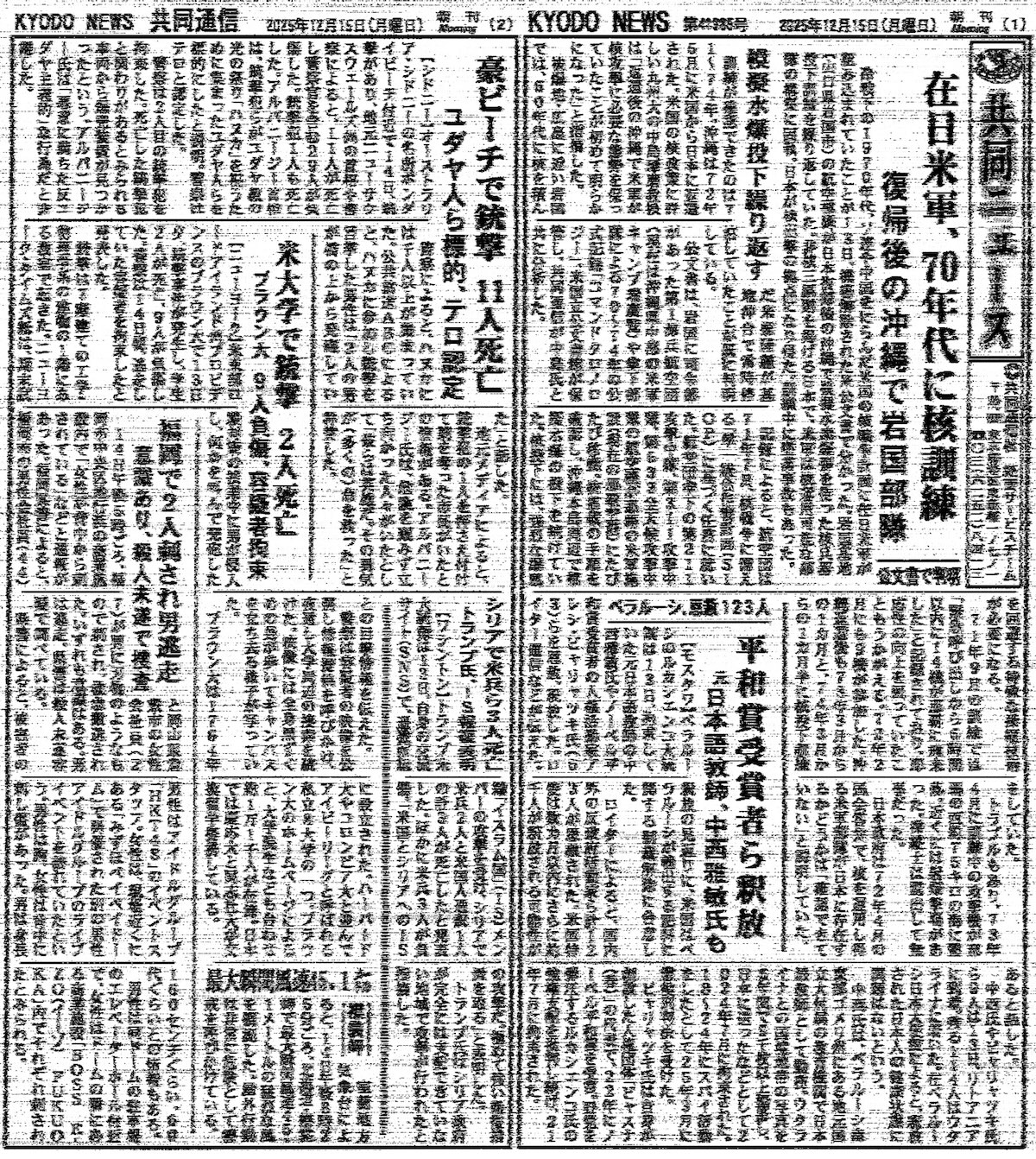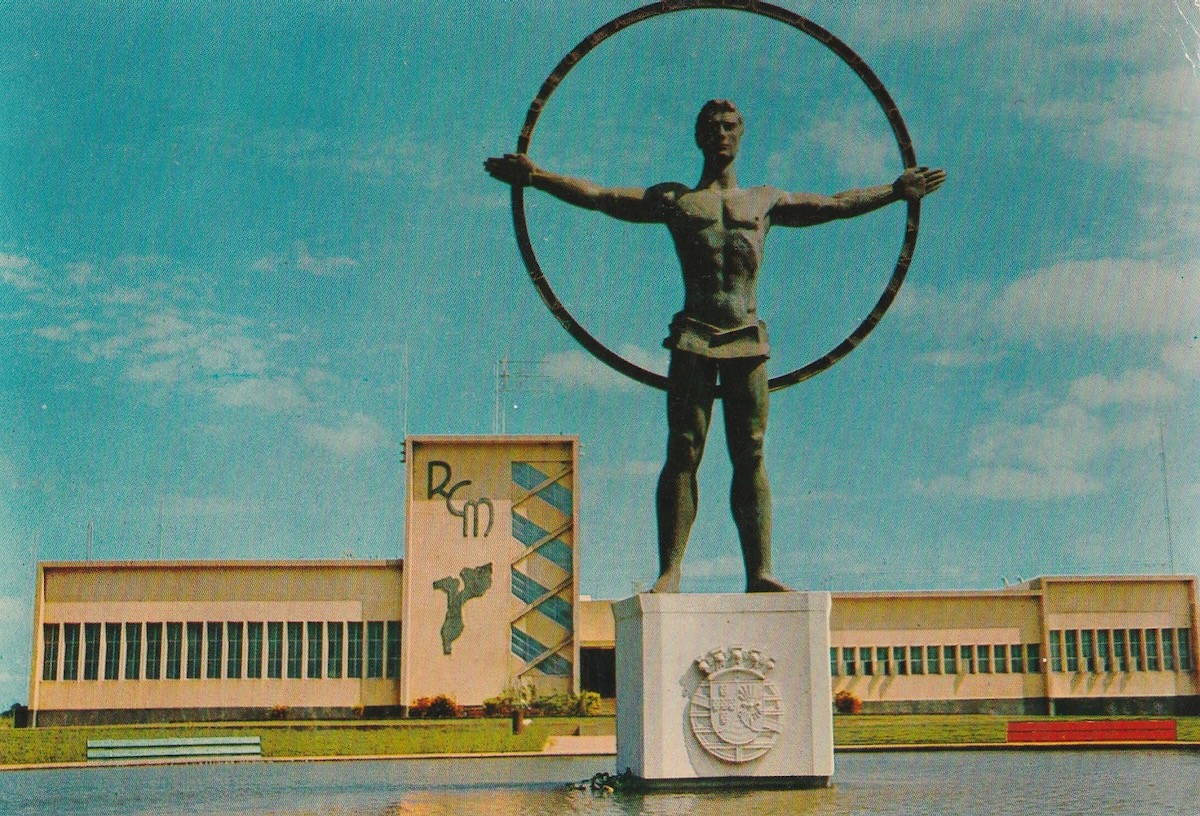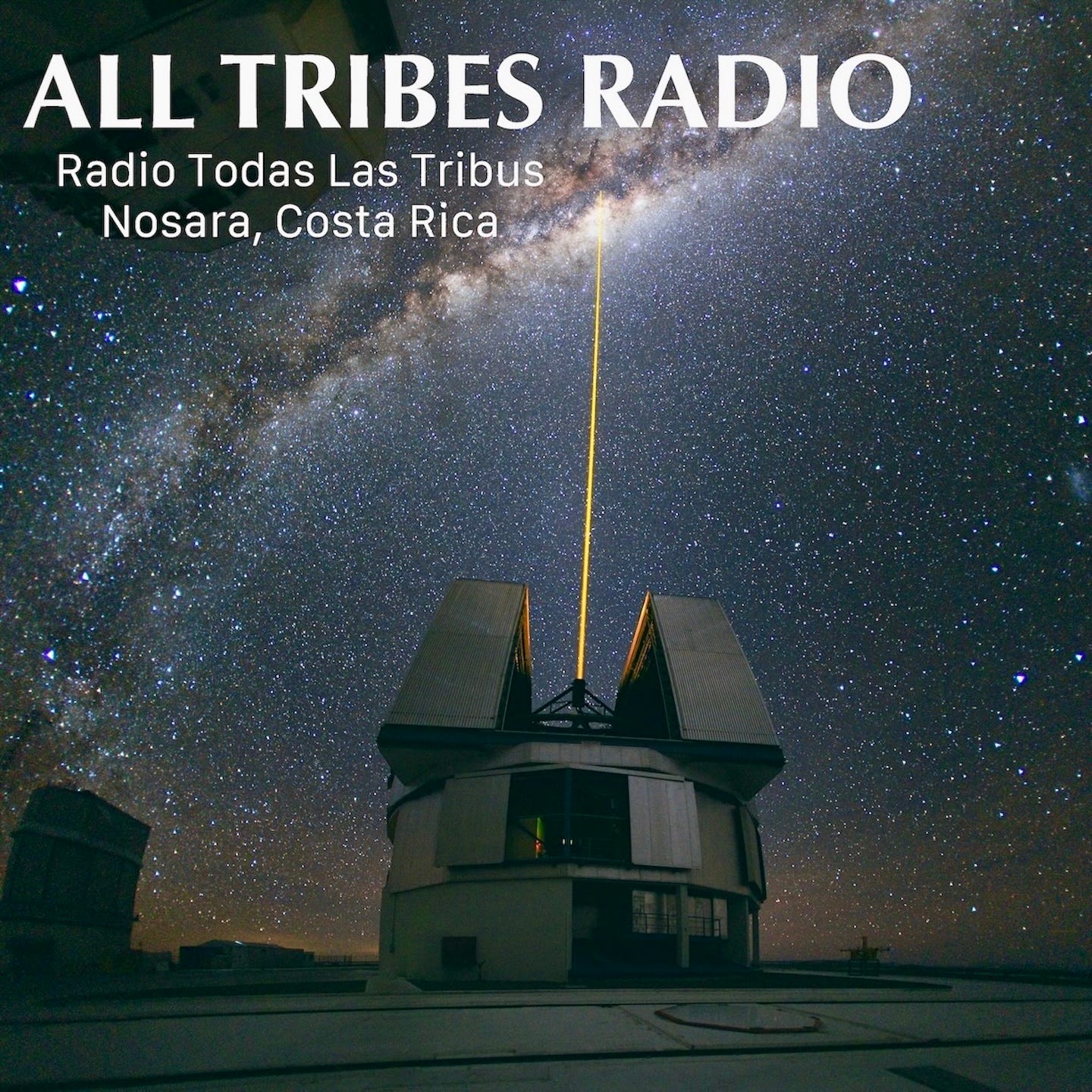 Many thanks to SWLing Post contributor Ken, who shares the following announcement:
Many thanks to SWLing Post contributor Ken, who shares the following announcement:
Broadcasting across the globe on shortwave radio, All Tribes Radio champions world peace through an eclectic blend of culturally diverse music, spoken word, and vintage treasures from the golden age of radio.
We offer a welcoming platform for independent artists who license their work through Creative Commons, while also sharing open-source, public-domain, Copyleft, and other copyright-free content.
Founded in 2008, All Tribes Radio (ATR) streamed Creative Commons music 24 hours a day, seven days a week, to an average of 6,000 listeners per month in more than 120 countries across every continent. With studios in Nosara, Costa Rica, ATR’s signal reached the world via an internet server in Tampa, Florida.
In 2011, streaming gave way to podcasting, resulting in the production of 68 one-hour episodes for iTunes, completed in 2012.
ATR entered a new chapter in 2020 with its first shortwave broadcasts: a weekly one-hour program showcasing Creative Commons music in English, Spanish, German, French, and Italian. These were transmitted from WRMI in Okeechobee, Florida, and Channel 292 in Rohrbach, Germany. Unfortunately, the disruptions of Covid-19 brought those broadcasts to an end the following year.
Happily, as of November 30, 2025, ATR has returned to shortwave —now transmitting exclusively from Channel 292 with 10 kW of power and a 315º beam aimed toward northern and western Europe. One-hour broadcasts can be heard each Sunday from 1400–1500 UTC on 9670 kHz. Reception reports are warmly welcomed, and e-QSL verification is available.
Click here to read more about All Tribes Radio on Ken’s Substack.
 Many thanks to SWLing Post contributor, Alan Roe, who shares his B-25 Holiday Programmes on Shortwave and B-25 (version 3.0) season guide to music on shortwave. Alan provides these amazing resource as a free PDF download.
Many thanks to SWLing Post contributor, Alan Roe, who shares his B-25 Holiday Programmes on Shortwave and B-25 (version 3.0) season guide to music on shortwave. Alan provides these amazing resource as a free PDF download.

